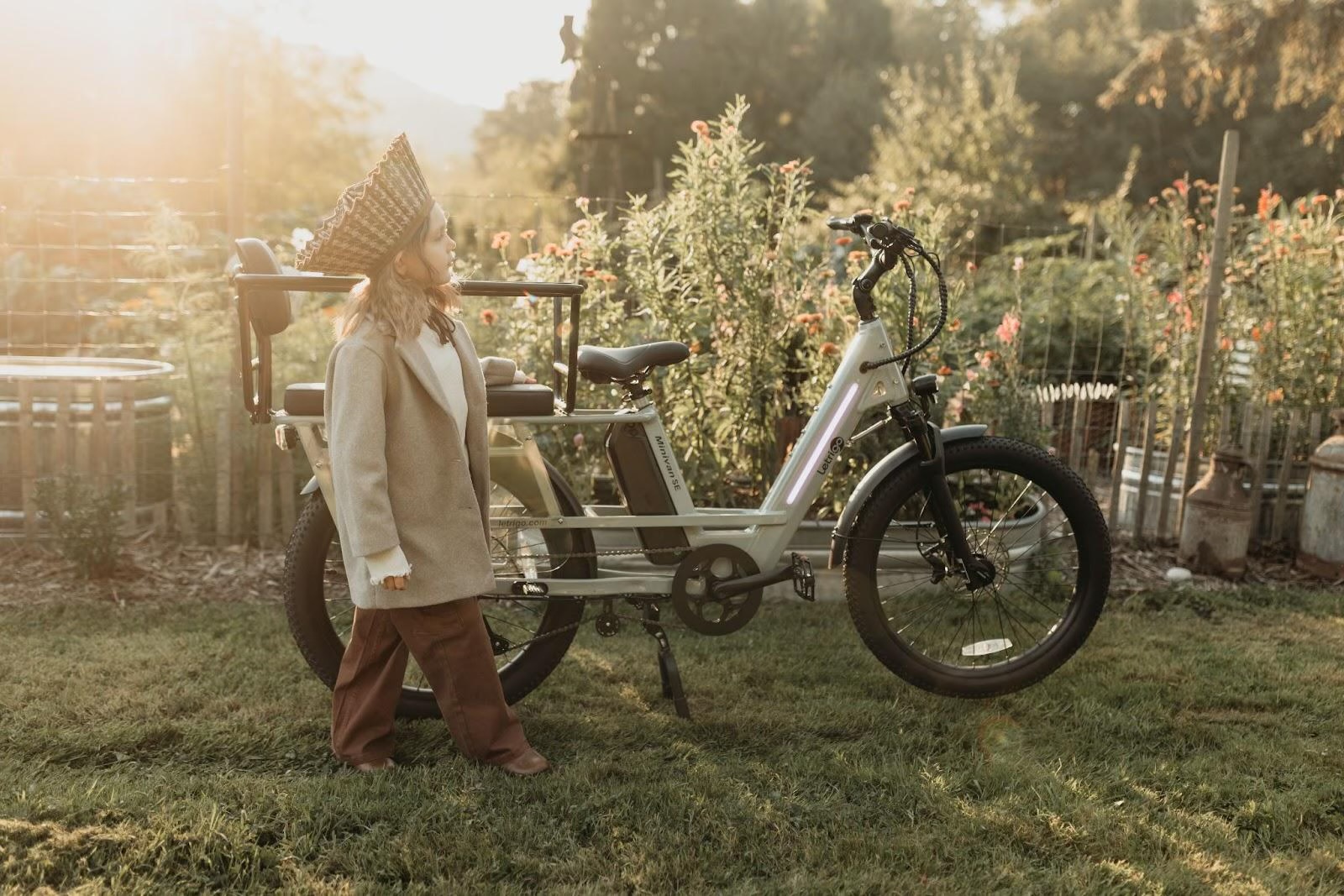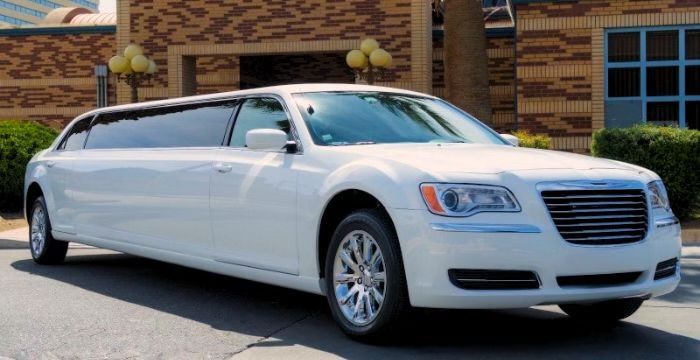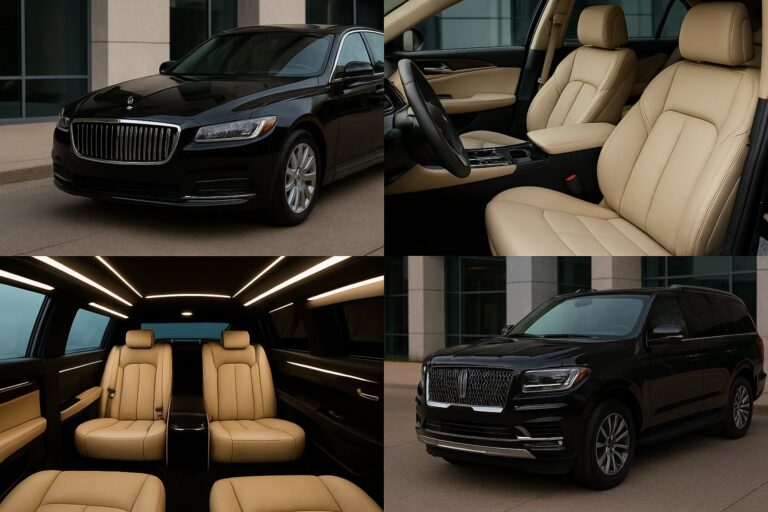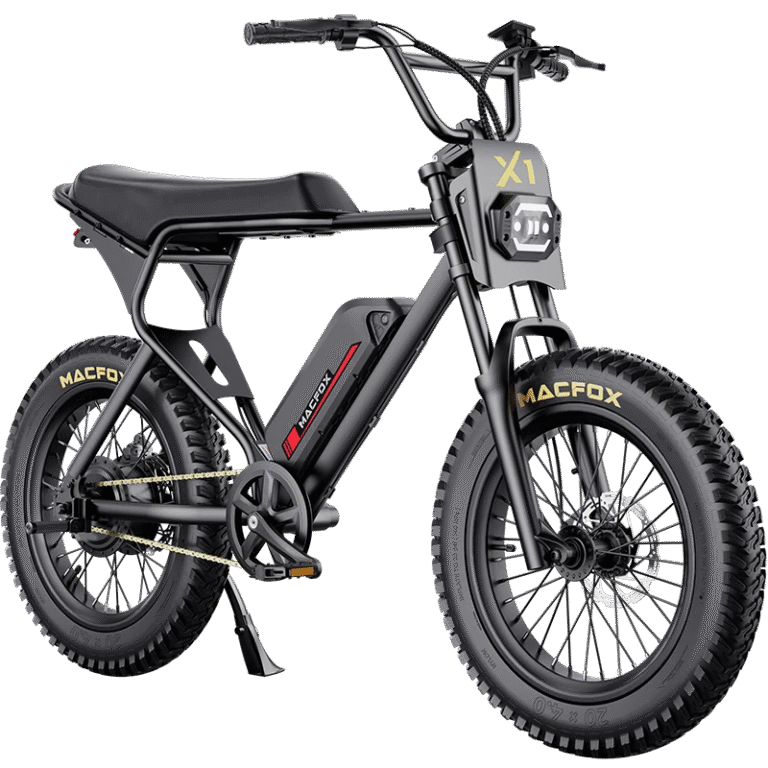Cargo E-bike vs Regular E-bike: Stability, Stopping, and Storage Compared
A cargo eBike is steadier with passengers or groceries, but it’s heavier, takes a bit longer to stop when packed, and needs more space to store. A regular eBike is lighter, easier to park, and feels quicker. Charging time is similar—most packs go from empty to full in about 3–6 hours; larger cargo batteries often need 4–8 hours, and that added capacity boosts real-world range for family errands.
Who wins at what
If you routinely carry passengers or bulky items, a family cargo ebike wins on confidence and control. The longer wheelbase, stiffer frame, and center kickstand keep takeoffs and low-speed turns calm, even with wiggly kids. If your riding is mostly solo, short, and space-limited, a regular eBike keeps life simple—lighter up stairs, easier to hang on a wall rack, and cheaper to maintain. Think of it this way: cargo shines when trips resemble “mini car errands,” while regular eBikes excel at nimble city hops.
Stability: how frames and loads change the ride
Stability starts with geometry. Cargo rigs stretch the wheelbase and often use a smaller rear wheel to drop the center of gravity. That keeps steering predictable at walking speeds and during stop-and-go traffic. Front-loader (bakfiets) designs place weight between the wheels so the bike tracks straight; longtails distribute weight behind the rider but still inside the wheelbase so the front doesn’t feel light on hills.
Regular eBikes prioritize agility: short wheelbases and steeper head angles feel lively when unladen—but add two kids and a week’s groceries, and that quickness can feel nervous. Light cargo on a standard rack is fine; once payloads consistently exceed ~60–80 lb, the cargo frame’s calmer manners become obvious.
Motor placement matters. A Mid-motor Cargo eBike centralizes mass and delivers low-cadence torque, making hill starts with passengers smooth. Hub-motor regular eBikes can feel rear-heavy once panniers and a trailer are added; on steep grades, the front may wander. Tires complete the picture: cargo bikes often run wider rubber at modest pressures for grip and comfort over broken pavement, while sportier regular eBikes use narrower tires that feel quick but transmit more chatter—noticeable with heavy loads.
Bottom line for handling: with real cargo, a cargo platform resists wobble, holds a line, and stays composed during tight U-turns at school gates and store entrances. A regular eBike can haul in a pinch but demands more rider input as weight climbs.
Cargo eBike braking: stopping with confidence
More mass means more momentum, so loaded bikes need more brake. Cargo models usually spec larger rotors (180–203 mm) and multi-piston hydraulic calipers to shed heat and maintain bite on long descents. That’s exactly what you want when managing momentum for you, the bike, and 50–150 lb of extras. At neighborhood speeds (15–18 mph), a well-set-up cargo eBike still stops firmly, but expect a bike length or two more when fully loaded. Technique helps: eyes up, smooth front-brake modulation, and early decision-making when carrying kids.
Regular eBikes often stop brilliantly when unladen, yet smaller rotors and two-piston calipers can fade if you’re heavy, descending, or towing. Upgrades (pads/rotors) are possible, but cargo platforms typically start “overbuilt,” with stronger wheels and thru-axles that hold true under load. Regen is a nice bonus on some hub systems, but energy recovered is modest; don’t treat it as your main brake.
Storage and daily practicality
Space is the tiebreaker for many riders. Longtails and front-loaders add roughly 8–16 inches over compact city bikes. That footprint complicates narrow hallways, small elevators, and crowded bike rooms. Some cargo models allow vertical storage, but lifting 70–90 lb is no small task. Covered outdoor parking can work if you remove the battery, keep the drivetrain clean, and use a serious lock—ideally plus a frame-integrated café lock for quick stops.
A regular eBike slides into urban life easily. It’s simpler to shoulder up stairs, hang on a wall hook, and maneuver through tight rooms. The tradeoff: standard kickstands and racks aren’t as happy with kid seats, odd boxes, or weekly bulk runs. If you’re constantly juggling straps and worrying about wobble, you’re in cargo territory.
Battery care is similar for both: store between 50–80% if idle more than a week, avoid temperature extremes, and plan for 3–6 hours to refill typical 500–700 Wh packs (4–8 hours for higher-capacity cargo systems). Consider a spare charger at work or school to avoid hauling watt-hours you won’t use.
Who should choose a Mid-motor Cargo eBike?
If your routes include hills, stop-and-go traffic, and precious cargo, a Mid-motor Cargo eBike is the right tool. Mid-drives provide controlled starts at very low cadence, maintain speed without overheating, and pair with wide-range drivetrains for steep neighborhoods. For a family cargo ebike, prioritize a stable center kickstand, published weight ratings for rider and passengers, hydraulic brakes with 180–203 mm rotors, puncture-resistant 2.3–2.8″ tires, and modular add-ons (child seats, running boards, weather canopies). If you ride solo most days and only occasionally grab light groceries, a regular eBike keeps costs, weight, and storage demands down while staying fun and zippy.
What about range and charging?
Bigger batteries on cargo bikes offset drag and payload. With mid assist in city riding, many see ~25–50 miles per charge on cargo models; similar-spec regular eBikes ridden solo usually go farther. Most 500–700 Wh packs charge in 3–6 hours on a standard charger; larger cargo systems often need 4–8 hours. Fast chargers shorten that window but add heat—use sparingly and follow brand guidance to preserve cell life.
Bottom line
If your bike replaces short car trips—school runs, groceries, parks—the cargo frame’s stability and brake headroom are worth the pounds and inches. If your reality is tight apartments, quick commutes, and light loads, a regular eBike will feel effortless day to day. Pick stability and stopping power for people and payloads; pick minimalism and easy storage for speed and simplicity. Either way, set your brakes up right, choose tires that match your roads and loads, and enjoy how electric assist turns everyday trips into the easiest miles of your week.






